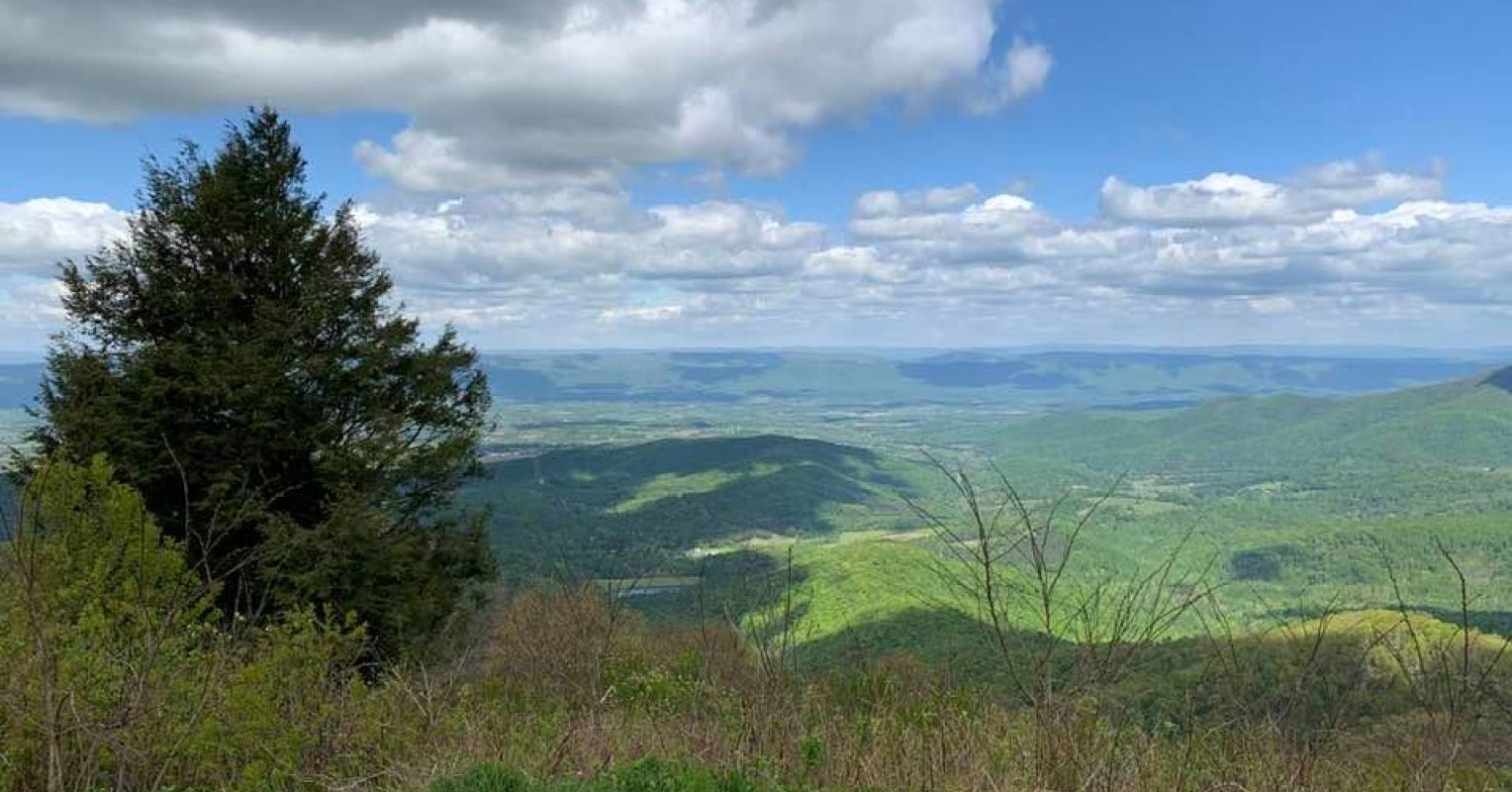[ad_1]
During the pandemic lockdown, many of us dealt with increased anxiety and depression, given the uncertainty surrounding our lives as we had known them and the state of the world. Some COVID-safe coping mechanisms became popular, such as outdoor activities and walks and homebound hobbies such as gardening and baking.
As we transitioned back to conventional work schedules and lifestyles, we have tried to maintain some of these practices and revisit the peace they brought us while now being short on time again.
So how can we balance the urgencies of capitalistic society calling us back to business while trying not to forget the better lessons of pandemic living, i.e., the need for self-care and self-appreciation? A couple of recent trends involve efficient mashups of mindfulness-related techniques but in time-efficient bursts, often enabled by technology or modern commerce.
Mindfulness is an increasingly popular term for a therapeutic technique that emphasizes attention to the present without critique or intensive thought, or judgment. It originates in Zen Buddhist philosophy and practices, where monks are trained to meditate, usually in peaceful, natural settings. They focus solely on benign, essential things like breath, heartbeat, or other simple sensations or sounds.
Most of us do not have time or inclination to live the ascetic isolated lifestyle of a Buddhist monk, but we can still incorporate aspects of the mindset into any free moment. Numerous phone apps now provide brief meditation and mindfulness training with an easy-to-use and time-limited interface. But we can also do even simpler things that don’t require directive training or external guidance.
One thing I started doing during my pandemic walks was using my iPhone to take snapshots of anything that caught my eye. Usually, scenes of nature, buds blooming, sunlight hitting a retention pond, geese flaring their wings, unusual cloud formations, you name it. Nothing earth-shattering or original, but that was okay. Taking each photo helped me feel like, at that moment, I was solely focused on the beauty of something ordinary and every day, something I walked by daily without previously noticing.
When I posted those photos to social media, I was surprised by how often they would get likes. I realized other people were also sharing in that moment of beauty in the ordinary, creating peace in their busy Facebook or Twitter timelines. It enhanced my appreciation for the neighborhood I lived in (and was somewhat even trapped in) as I found new angles and objects to capture, even if the routes I took were the same day in and day out. There also was no emphasis on fancy techniques or equipment, or expertise. I just wanted to take pretty pictures and share them, and that was enough for everyone.
When tragic news hit my household in late 2021, I did not stop the walks or the photographs. If anything, I desperately continued them as though they were the sole beacons of solace and constancy I had left. Their simplicity helped me ride through stormy waves of grief as I snapped and posted each placid scene, searching for some brief calm amid falling shards of sorrow. I have continued practicing to maintain hope and beauty in the darkness.
Other similar practices don’t even have to involve the outdoors or major interruptions of routine. In South Korea, a trend called “hitting mung” has arisen, where cafes are set up with vibrant video visuals or music while one sips a coffee or tea as a form of mini-meditation during the conventional coffee break. This setup is designed to encourage a “mung” state of mind, which roughly translates to a harmonious blankness in thought. The Danish are also known for encouraging a similar café culture tied to the concept of hygge, which roughly translates to coziness. The practice of a simple coffee with a delicious pastry is considered a therapeutic way to cope with dark winters.
While one concern remains, our societal inability to emphasize work-life balance and avoid burnout in our cost-driven schedules, it doesn’t hurt to implement these stopgap methods for momentary peace and self-care when we can and empower ourselves to emphasize and take charge of our well-being whenever possible. It is nice to know that a brief and simple option for some relief is available, as long as we “zen” into it.
[ad_2]
